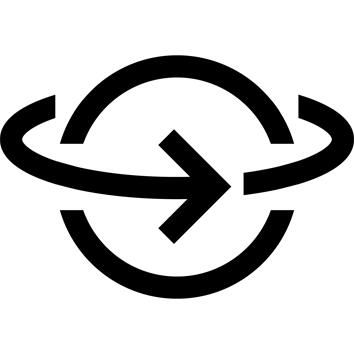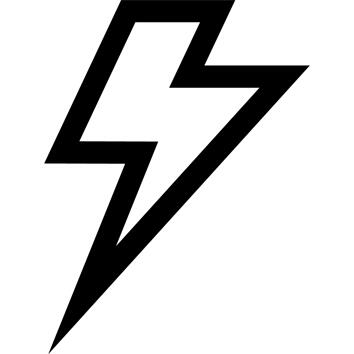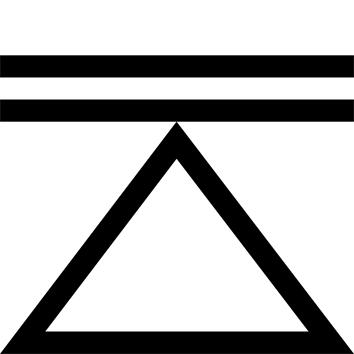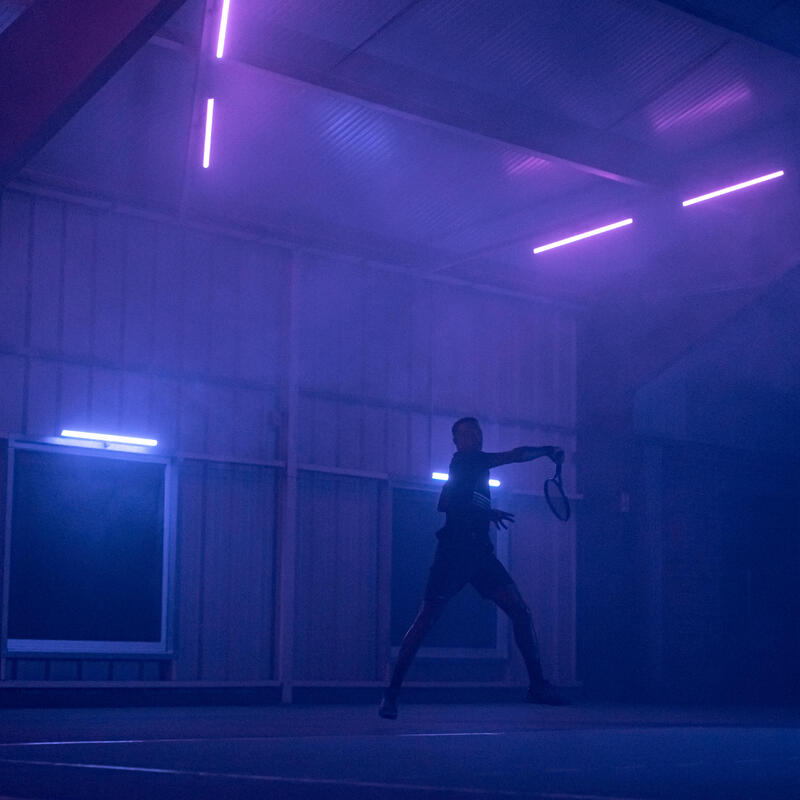Weight (unstrung racket)
285 grams
Weight: Mass is actually measured in grams. Like balance and length, weight influences the racket's inertia, and therefore its maneuverability, stability and ability to transfer energy to the ball (power). The heavier the racquet, the more energy it can transfer to the ball, but the less maneuverability it is likely to have. Conversely, the lighter it is, the more maneuverable it is, but the less energy it transfers to the ball.
Balance (unstrung racket)
32 cm
Balance: this is the racquet's balance point, measured in centimetres from the base of the shaft. The higher it is (head balance), the more powerful and stable the racket is when it hits the ball. On the other hand, it also makes it more difficult to handle. The lower the balance point (shaft balance), the more maneuverable the racket, but the less powerful and stable it is at impact.
Sieve size
645 cm²
Headsize: This is the surface area in cm² of the racket's head. It has an impact on the racquet's feeling of forgiveness and power. The larger the headsize, the more powerful and forgiving the racket, but the less control it feels. Conversely, the smaller the headsize, the more control but the less power and forgiveness.
RA
71 Ra
Ra: Defines the racket's rigidity, i.e. its ability to deform under ball impact. The stiffer the racket (i.e., the higher the Ra), the less it deforms on impact. The energy lost by the racket on impact is thus minimized and returned to the ball via the string. It's often said that the stiffer a racket, the more powerful it is.
Inertia (unstrung racket)
SW = 265
Swingweight: Swingweight is a measure of the racket's maneuverability and its ability to transfer energy to the ball (power). The higher a racket's inertia, the more powerful it is, but the more difficult it is to handle. Conversely, the lower a racket's inertia, the more maneuverable but less powerful it is. Inertia is largely determined by the racquet's weight, balance and length.
Stringing plan
16 x 19
Rope plan: defines the number of uprights (vertical ropes) x the number of crossbeams (horizontal ropes). The more strings, the more "closed" the string pattern, and the fewer strings, the more "open" the string pattern. A more closed string pattern offers better control, but less power and spin. A more open string pattern improves power and spin, but offers less control.
Length
68.5 cm
Length: length of the racket from the base of the handle to the top of the head. Measured in centimetres. The longer the snowshoe, the more power it offers, but the less maneuverability in return. A shorter snowshoe is easier to handle, but sacrifices power.
MPO Concept
MPO (Mass Polarization Optimization): a concept for distributing mass inside the racket, thus optimizing the racket's maneuverability/impact stability.
This concept also makes it possible to reduce manufacturing tolerances on weight and balance by 40%. The result is snowshoes that are very close in terms of final specifications and therefore in terms of use.
Spin Concept Technology
The "Spin Concept Technology" in the racket's eyelets helps the string to move on ball impact, and therefore pick up spin.
HMC
High Modulus Carbon, high-quality graphite, stiffens the racket.






